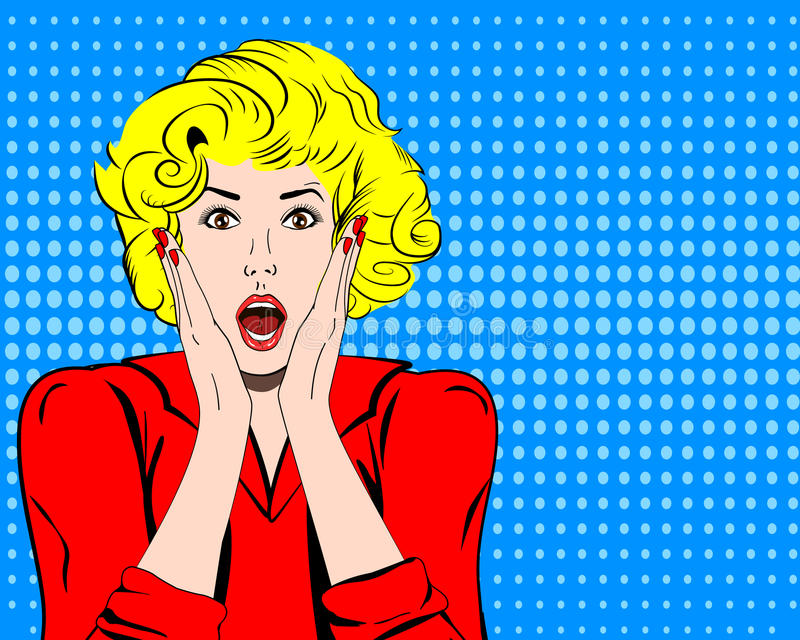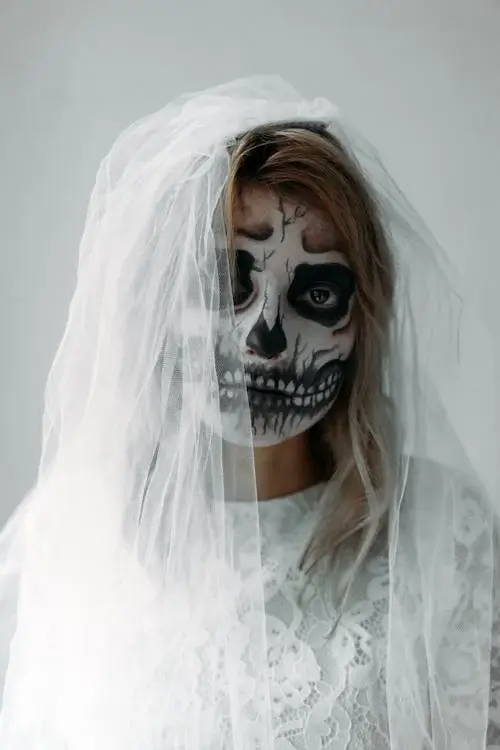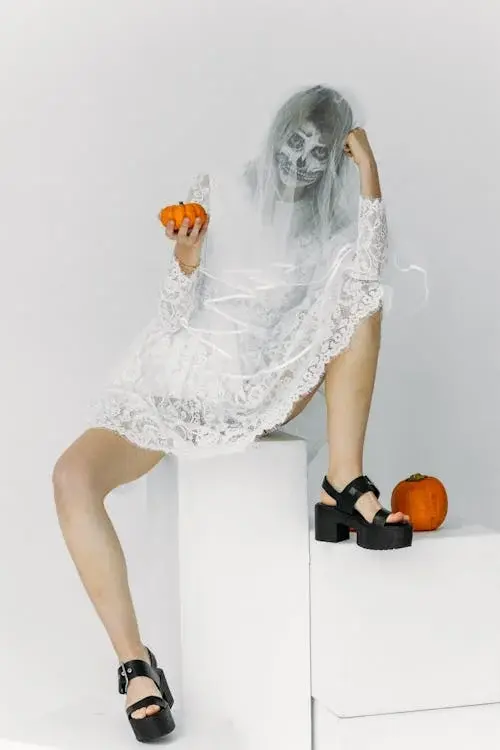Halloween's origins date back to the ancient Celtic festival of Samhain (pronounced sow-in). The Celtics who lived 2,000 years ago mostly in the area that is now known as Ireland, the United Kingdom, and northern France, celebrated their new year on November 1.
This day marked the end of summer and the harvest, and the beginning of the dark cold winter, a time of year that was often associated with human death. Celtics believed that on the night before the new year, the boundary between the world of the living and the dead became blurred. On the night of October 31 they celebrated Samhain, when is was believed that the ghost of the dead returned to earth.
Halloween in America
The celebration of Halloween was extremely limited in colonial New England because of the rigid Protestant belief system there. Halloween was much more common in Maryland and the southern colonies.
In the second half of the 19th century, America was flooded with new immigrants. These new immigrants, especially the millions of Irish who were fleeing the Irish Potato Famine, helped to popularize the celebration of Halloween.
As the belief and customs of different European ethnic groups and the Indians meshed, a distinctly American version of Halloween began to emerge. The first celebrations included "play parties" which were public events held to celebrate the harvest. Neighbors would share stories of the dead, tell each other's fortunes, dance and sing.
This day marked the end of summer and the harvest, and the beginning of the dark cold winter, a time of year that was often associated with human death. Celtics believed that on the night before the new year, the boundary between the world of the living and the dead became blurred. On the night of October 31 they celebrated Samhain, when is was believed that the ghost of the dead returned to earth.
Halloween in America
The celebration of Halloween was extremely limited in colonial New England because of the rigid Protestant belief system there. Halloween was much more common in Maryland and the southern colonies.
In the second half of the 19th century, America was flooded with new immigrants. These new immigrants, especially the millions of Irish who were fleeing the Irish Potato Famine, helped to popularize the celebration of Halloween.
As the belief and customs of different European ethnic groups and the Indians meshed, a distinctly American version of Halloween began to emerge. The first celebrations included "play parties" which were public events held to celebrate the harvest. Neighbors would share stories of the dead, tell each other's fortunes, dance and sing.


